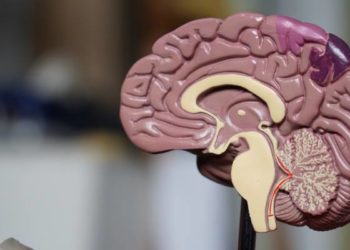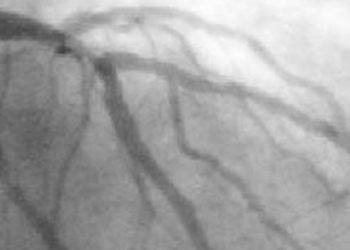New gene associated with essential thrombocytopenia and primary myelofibrosis
Image: PD
1. Mutations in the gene encoding calreticulin (CALR) were found in a majority of patients with non-JAK2, non-MPL essential thrombocythemia or primary myelofibrosis.
2. Patients with CALR mutations may have a more benign clinical course.
Study Rundown: The majority of patients with essential thrombocythemia (ET) or primary myelofibrosis (PM) have been shown to carry mutations in the Janus kinase 2 gene (JAK2) or the thrombopoietin receptor gene (MPL). However, no mutations have yet been identified in 30 to 45% of cases. In this study, the authors used whole-exome sequencing to look for new mutations associated with ET and PM. CALR was found to be mutated in the six patients sequenced. No other genes were identified in the screen.
Targeted sequencing of CALR in a cohort of patients with myeloproliferative disease showed that the prevalence of CALR mutations was quite high. Around 25 to 35% of cases of ET and PM were associated with CALR mutations, making it the second most common mutation in these diseases. Furthermore, the CALR mutations were mutually exclusive with JAK2 and MPL mutations. In a retrospective analysis, CALR mutations appeared to be associated with a more benign course, with better overall survival compared to patients with JAK2 or MPL mutations.
Functional significance is implied by in vitro experiments showing that cells with the mutant CALR gene grow independently of cell growth signals. However, more work is needed to establish the pathogenic mechanism of the CALR mutations.
Click to read the study in NEJM
Click to read the accompanying editorial in NEJM
Relevant Reading: Calreticulin in the immune system: ins and outs
In-Depth [in vitro genetic study]: Thirty-six different CALR mutations were identified. The majority of these mutations were a 52bp deletion (53%) and a 5bp insertion (31.7%). All of the 36 mutations produced a frameshift to the same alternative reading frame, which results in a mutant protein lacking an endoplasmic reticulum-retention signal. Indeed, the authors demonstrated altered subcellular localization of the mutant protein using immunofluorescence.
It is interesting that all the CALR mutations identified involved a frameshift to the same alternative reading frame. This may suggest that the pathogenicity of the mutant protein is related to altered subcellular localization rather than loss of function.
The authors also show that STAT5 phosphorylation is increased in a cytokine-independent manner in cell lines transfected with the mutant CALR. Although the authors report that the cells with mutant CALR are sensitive to a JAK2 inhibitor, it would have been useful to evaluate the phosphorylation of STAT5 in the presence and absence of the JAK2 inhibitor to tease apart the mechanistic pathway.
By Tomi Jun and Adrienne Cheung
More from this author: Early risk factor for progression of cystic fibrosis identified, Gut microbes implicated in stroke and heart attacks: new dietary link, New leukemia mutation offers therapeutic targets, Childhood ADHD associated with increased risk of suicide, A marker of aggressive liver cancer and potential therapeutic target identified
©2012-2013 2minutemedicine.com. All rights reserved. No works may be reproduced without expressed written consent from 2minutemedicine.com. Disclaimer: We present factual information directly from peer reviewed medical journals. No post should be construed as medical advice and is not intended as such by the authors, editors, staff or by 2minutemedicine.com. PLEASE SEE A HEALTHCARE PROVIDER IN YOUR AREA IF YOU SEEK MEDICAL ADVICE OF ANY SORT.







